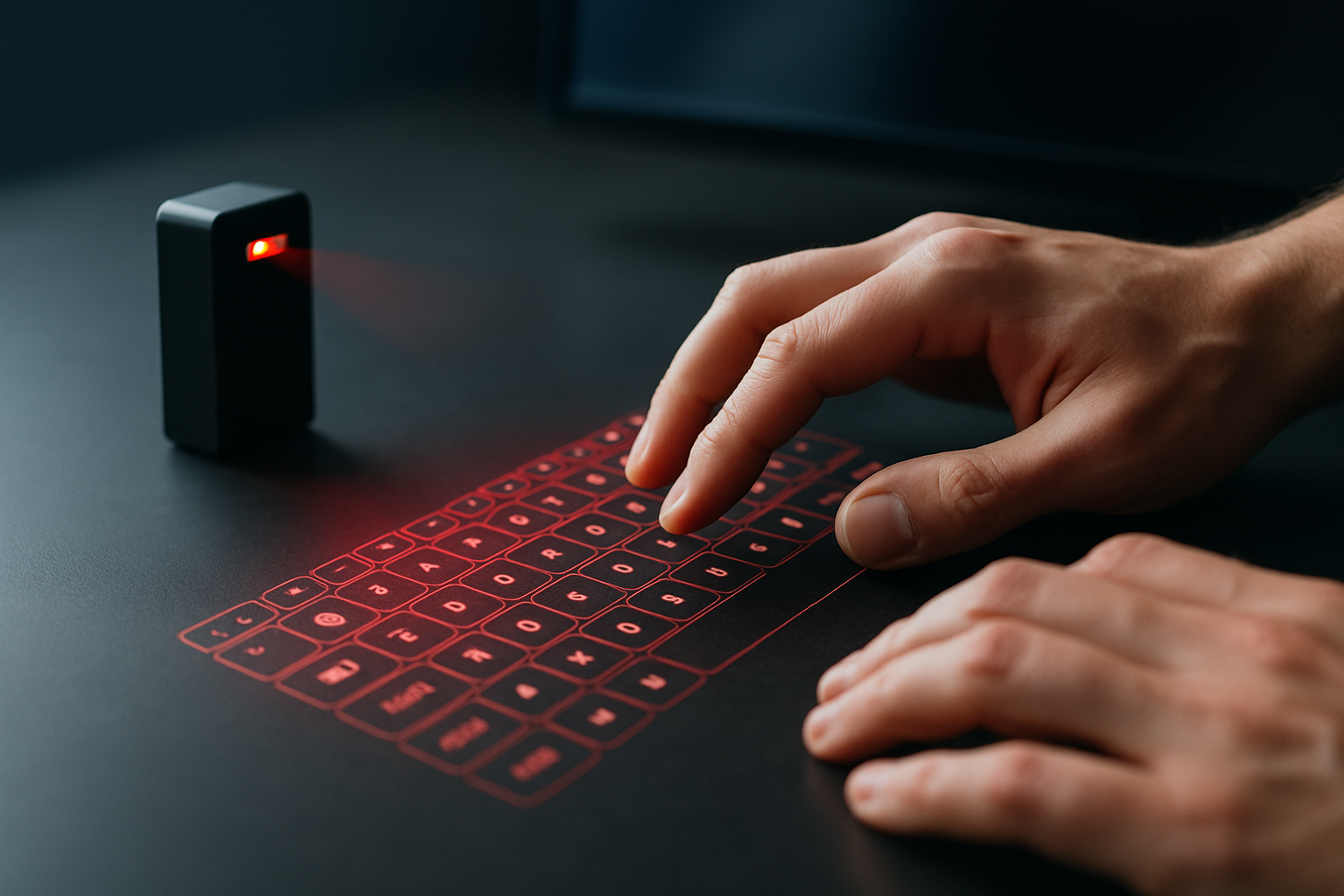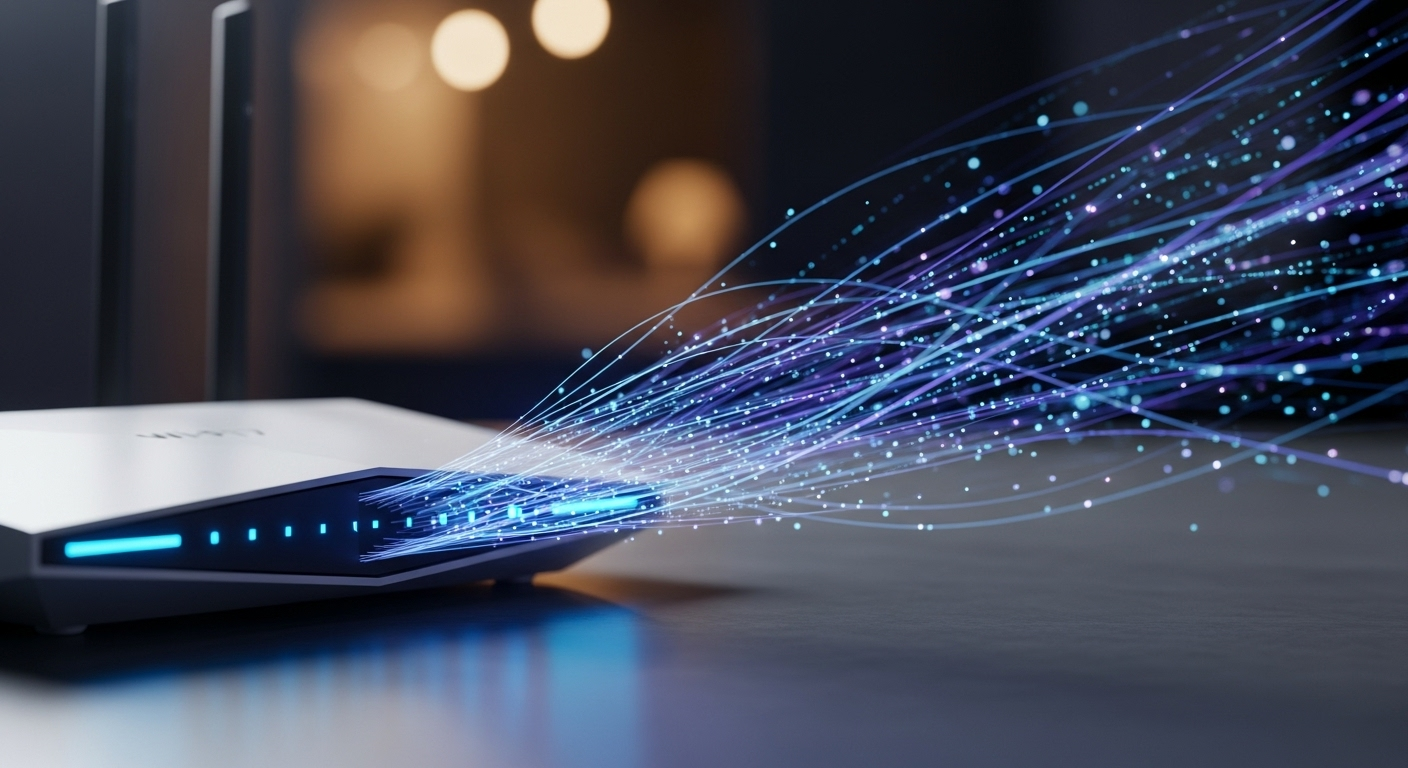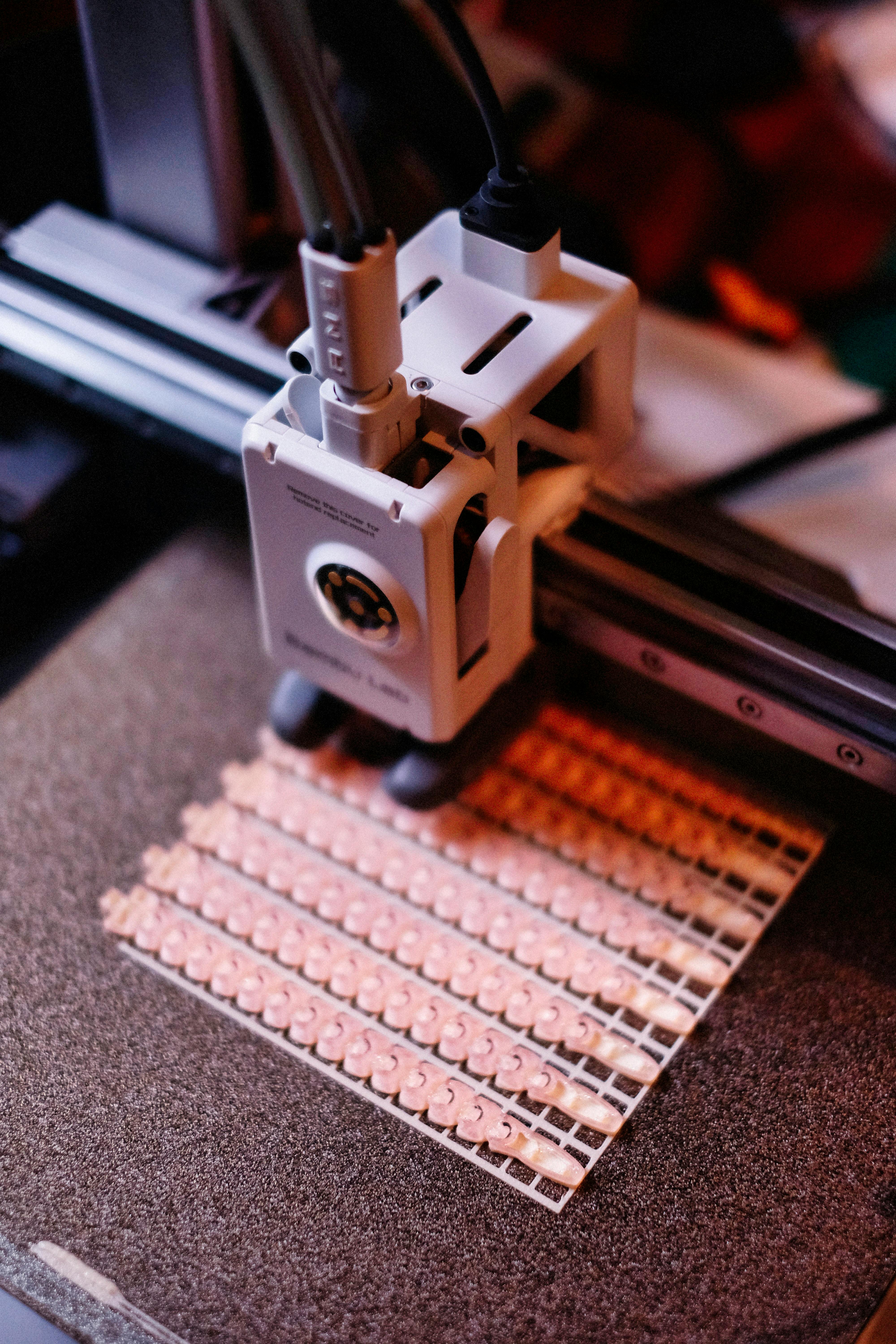Holographic Keyboards: Typing in Thin Air
In an era where technology continues to push the boundaries of what's possible, holographic keyboards are emerging as a futuristic input method that could revolutionize how we interact with our devices. These ethereal interfaces project a virtual keyboard onto any flat surface, allowing users to type without physical keys. As we delve into this cutting-edge technology, we'll explore its current capabilities, potential applications, and the challenges it faces in becoming a mainstream input device.

The Science Behind the Magic
At the heart of holographic keyboard technology lies a clever combination of optics and sensors. A laser projector casts the image of a keyboard onto a surface, while infrared sensors detect the position of the user’s fingers. When a user “presses” a key, the system interprets the movement and translates it into input. This process happens in milliseconds, creating a seamless typing experience that mimics traditional keyboards.
From Concept to Reality
The journey of holographic keyboards from concept to reality has been a long one. Early prototypes faced numerous challenges, including issues with accuracy and responsiveness. However, recent advancements in laser technology and motion sensing have significantly improved their performance. Companies like Celluon and Serafim have released consumer-ready models, with prices ranging from $100 to $200, making this futuristic technology accessible to early adopters.
Applications Beyond Traditional Computing
While holographic keyboards are often associated with mobile devices and tablets, their potential extends far beyond traditional computing. In healthcare, they offer a hygienic alternative to physical keyboards in sterile environments. For presentations and public spaces, they provide a flexible, easily deployable input method. Some forward-thinking restaurants are even experimenting with holographic menus and ordering systems, showcasing the versatility of this technology.
Challenges and Limitations
Despite their sci-fi appeal, holographic keyboards face several hurdles on their path to widespread adoption. The lack of tactile feedback can be disorienting for users accustomed to physical keys, potentially slowing typing speeds and increasing error rates. Environmental factors like ambient light and uneven surfaces can also affect performance. Additionally, the technology’s reliance on line-of-sight between the projector and the typing surface limits its use in certain scenarios.
The Future of Input: Holographic and Beyond
As holographic keyboard technology continues to evolve, we can expect to see improvements in accuracy, responsiveness, and adaptability to different environments. Some researchers are exploring ways to incorporate haptic feedback, using ultrasonic waves to create the sensation of pressing physical keys. Others are working on integrating holographic keyboards with augmented reality systems, potentially eliminating the need for a flat surface altogether.
Market Impact and Consumer Adoption
The holographic keyboard market is still in its infancy, but analysts project significant growth in the coming years. As the technology improves and prices decrease, we may see holographic keyboards become a common feature in smartphones, tablets, and other portable devices. This shift could have far-reaching effects on device design, potentially leading to slimmer, more versatile gadgets that blur the line between physical and digital interfaces.
Competing Technologies and the Road Ahead
Holographic keyboards aren’t the only contenders in the race to redefine input methods. Voice recognition, gesture control, and brain-computer interfaces are all vying for a place in our technological future. Each offers unique advantages and faces its own set of challenges. The ultimate winner may not be a single technology, but rather a combination of complementary input methods tailored to different use cases and user preferences.
As we stand on the cusp of a new era in human-computer interaction, holographic keyboards represent just one of many exciting possibilities. While they may not completely replace traditional input methods anytime soon, they offer a glimpse into a future where our interactions with technology are increasingly fluid, intuitive, and, quite literally, out of this world. As developers continue to refine the technology and explore new applications, we can look forward to a day when typing in thin air is as natural as tapping on a screen.





